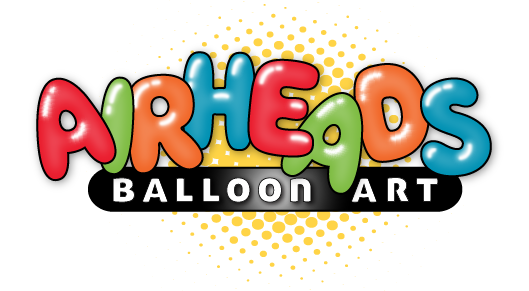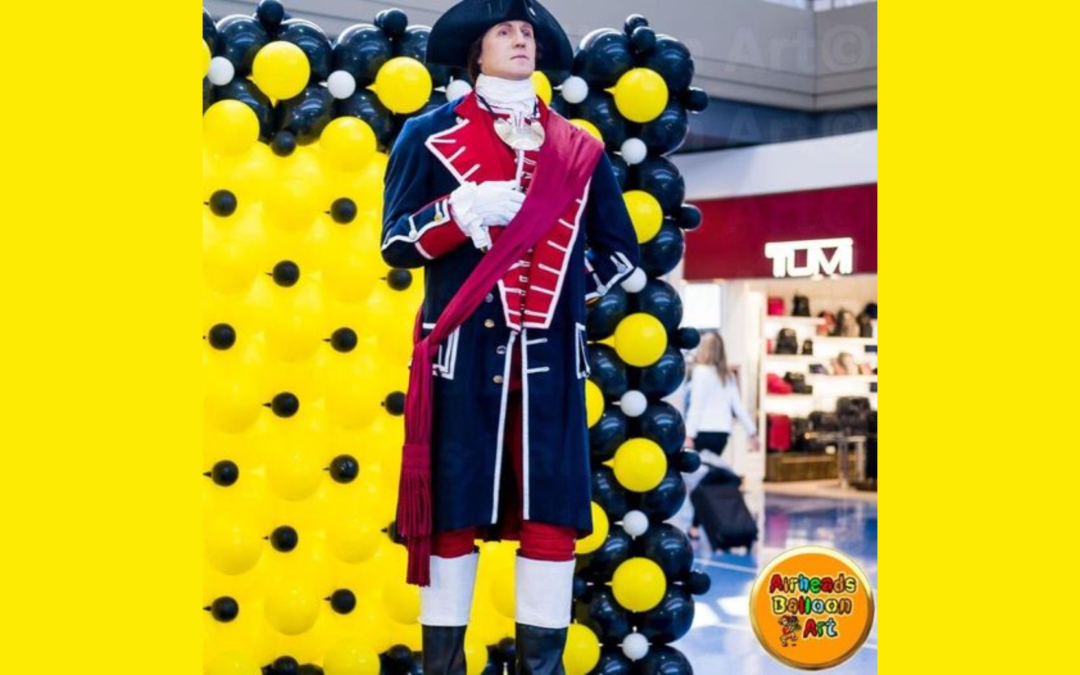Balloon entertainment has been around for centuries, with early examples of balloon toys and decorations dating back to ancient civilizations such as the Aztecs and Egyptians. However, the modern era of balloon entertainment began in the late 1800s with the invention of rubber balloons.
In the late 1800s, rubber balloons became a popular toy for children, and many people began experimenting with different ways to play with them. It wasn’t long before people began twisting and shaping the balloons into different designs and animals, and balloon twisting was born.
Balloon twisting became a popular form of entertainment in the early 1900s, with performers using it as a way to entertain audiences at fairs and carnivals. One of the most famous balloon twisters of the time was Samuel Sarmiento, known as the “Balloonatic,” who would create intricate balloon designs in front of audiences.
During the 1920s and 1930s, balloon entertainment continued to grow in popularity, with many performers using it as a way to entertain audiences at circuses and vaudeville shows. One of the most famous balloon entertainers of the time was Ted Metz, known as the “King of the Balloon Twisters,” who would create elaborate balloon sculptures on stage.
In the 1950s and 1960s, balloon entertainment continued to evolve, with many performers developing new and innovative ways to use balloons. One of the most famous balloon entertainers of the time was “Mr. Balloon,” who would use balloons to create large-scale sculptures and installations for corporate events and trade shows.
During the 1970s and 1980s, balloon entertainment began to gain mainstream popularity, with many performers appearing on television and in movies. One of the most famous balloon entertainers of the time was Marvin Hardy, who appeared on several television shows and wrote a popular book on balloon twisting. Our co-founder Dave had the opportunity to meet and study under Mr. Hardy.
In the 1990s, balloon entertainment continued to grow in popularity, with many performers using it as a way to entertain at children’s parties and corporate events. Balloon entertainment also became more sophisticated, with performers developing new techniques and using advanced materials to create intricate designs.
Today, balloon entertainment is a thriving industry, with many performers specializing in different areas of balloon art. Some performers focus on balloon twisting, creating elaborate designs and sculptures for parties and events. Others focus on balloon decor, creating custom installations and decorations for weddings, corporate events, and other special occasions. Airheads Balloon Art combines these two skills to be known as deco-twisting.
There are also many balloon conventions and competitions held around the world, where balloon artists can showcase their skills and learn from other professionals in the industry. The World Balloon Convention is one of the most prestigious events in the industry, attracting balloon artists from around the world. Our co-founder Dave was asked to be on the production team of the World Balloon Convention in Dallas, Texas.
In addition to traditional balloon entertainment, there are also many new and innovative uses for balloons. Balloon mapping, for example, uses balloons to create high-resolution maps of different areas, while balloon drops are often used to create dramatic effects at concerts and other events.
Overall, the history of balloon entertainment is a rich and varied one, with a long and fascinating evolution from the simple rubber balloon to the intricate designs and sculptures of modern balloon art. Balloon entertainment has come a long way since the early days of balloon toys and decorations, and it is now a thriving industry that continues to evolve and grow.

